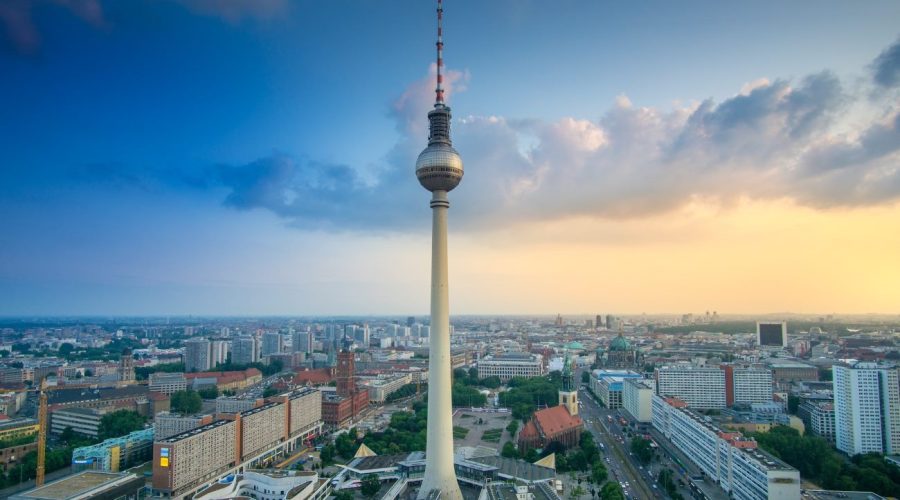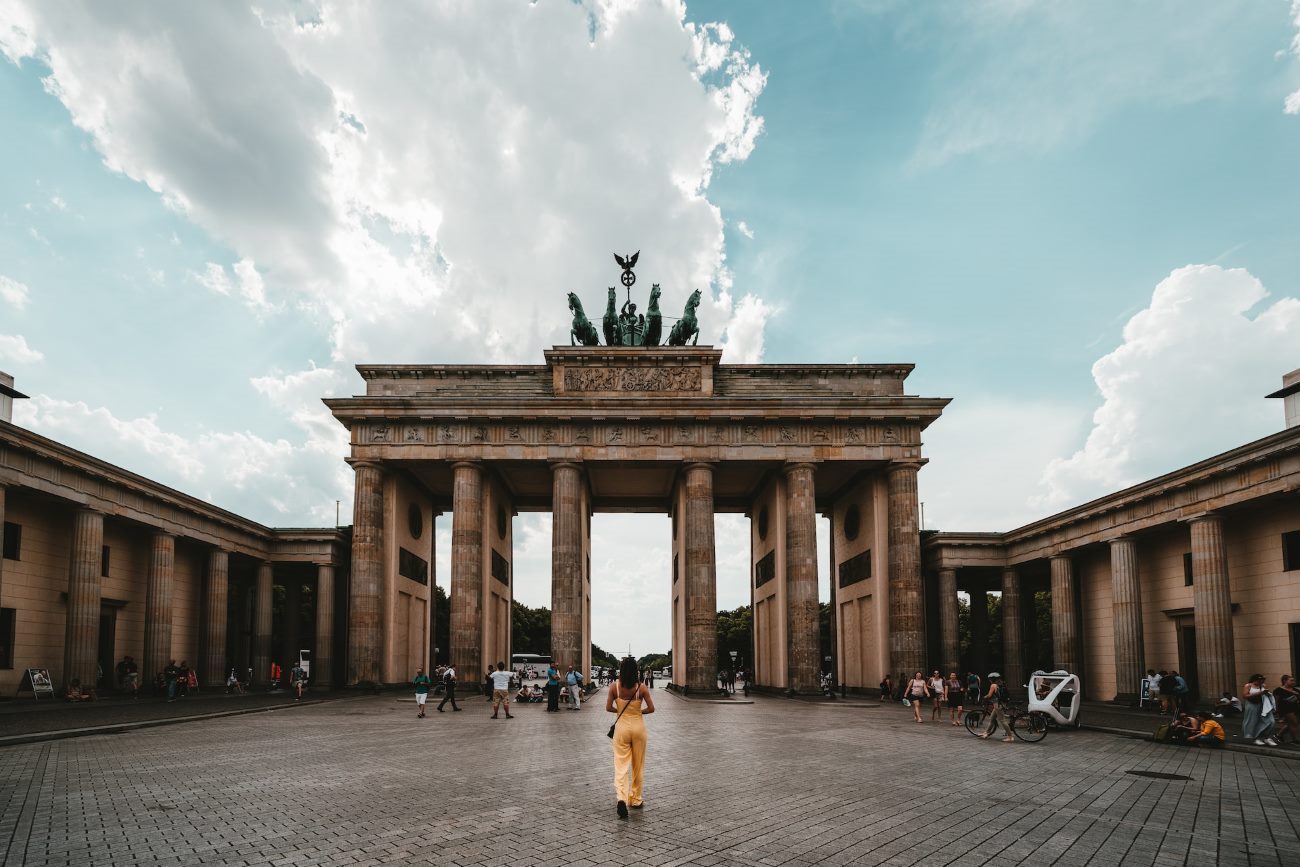Exploring the Fascinating History of London, England
Here’s an informative article that seeks to present a brief on the history of London in England for your reading pleasure. It is one of most historical cities of the world, and it has made tremendous contribution to the development of the society of today. This article aims to provide our readers with a fascinating historical tour of the city to show how this modern metropolis has evolved as a result of these events.
1. Ancient Roman Origins
London is one of the cities that can trace its history back to the Roman Empire. In approximately 43 AD, the Romans began Britain’s part of their empire by founding a colony called Londinium at the Walbrook in the south east of the modern city. It being a locality within the province of Britannia, Londinium grew quite soon and became an important hub for commerce and governance in the province.
Below are some of the important places as well as relics of the Roman Empire in London:
- The Roman Walls: Having made this city its colony, the Romans surrounded it with walls that were added to as the city grew.
- The Roman Amphitheatre: Being beneath the Guildhall, the remains of Roman amphitheater demonstrate the existence of entertainment in Roman London.
- The London Stone: This stone has been identified to have probably been put up by the Romans, and there is much lore associated with them.
2. Medieval Times and the Tower of London
His times are related to the growth of London and historical occurrences happened in this time help to form the nation:
The Tower is of great historical significance as a royal palace, a royal prison and a treasury home to such valuable assets as the crown jewels.
The King John in 1215 signed the Magna Carta which is considered as the basis of people’s rights and freedoms in England.
London Plague: The major calamity that hit London in 1665 was a plague that threatened many lives and can even be considered to be altering the history of the whole world.
3. The Tudor Dynasty and the Renaissance Era
The younger monarchs like Henry VIII and Elizabeth I in Tudor period contributed remarkable political and cultural shifts that affected London.
- Henry VIII and Hampton Court Palace: Henry VIII’s lavish palace, Hampton Court Palace, showcases the opulence and grandeur of the Tudor court.
- The Virgin Queen: Elizabeth I: Arts and Literature during Elizabeth’s reign were revived in dramatic fashion and more and more theatres were established, where William Shakespeare and his Globe Theatre performed.
4. The Industrial Revolution and Victorian London
The nineteenth century was exceptional in the great way London grew and developed throughout the century.
- Great Britain was established: London turned to this empire and in return, the money for building landmarks like Houses of Parliament and the Royal Albert Hall.
- The specialty of the Victorian architecture was reflected in some great structures such as the construction by the railway company of the St. Pancras Station and the Crystal Palace that depicted more the engineering and the architectural skill of the Victorians.
- Charles Dickens and Industrialization: The writer, Charles Dickens, portrayed social relations and problems of the city dwellers in the period of industrialization.
5. 20th Century and the Modern Metropolis
London experienced significant changes in the course of the two World wars and went through important social and cultural changes throughout the twentieth century.
Blitz In the second world war, German airs carried out a bombing raid on London which was commonly known as the Blitz that caused destruction to most of the buildings in the city.
London took central stage as a city to watch during the swinging sixties with artistes like The Beatles and The Rolling Stones ruling the airwaves.
Twelve significant constructions are worth mentioning as important contemporary landmarks of the city – Tower Bridge, the London Eye, The Shard and others.
This is only a drop in the ocean of the vast history of London in terms of multiculturalism. and the magic goes on, the city remains active and attractive to the guests with the historical past and today’s modern day. Visiting historical statues and museums in London will give a way of understanding the historical journey that the city has been through.
Keep in mind, folks, that London is not just a city of sillage; it is a city that has life and sees life, as well as the trials and triumphs of the English through time.
Table of Contents



